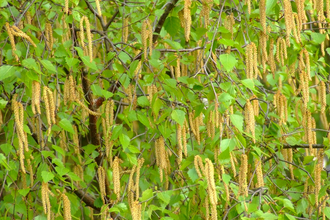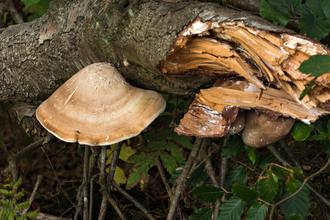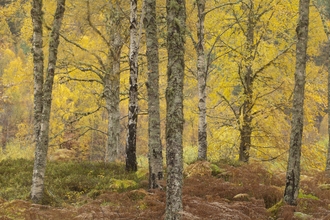Here in Shropshire birch can be a problem coloniser of wetland sites, contributing to the disastrous drying of important peat deposits at Fenns, Whixall and Bettisfield Mosses, where the removal of trees is necessary to preserve the rare habitats of the SSSI. That doesn’t mean birch trees are ‘bad’ though – in the right place they’re a thing of beauty.
Birch woods have a completely different atmosphere to one dominated by oak or beech. Birch trees are pioneers, growing fast in light, open conditions but outlived and out-competed by other tree species as they find a foot-hold. There are two species of birch in England – silver birch (Betula pendula) and downy birch (Betula pubescens). Similar in appearance and readily hybridizing, the latter is more common on wetter ground. I’m heading for Brown Moss, near Whitchurch, where downy birch and sessile oak form a patchy cover around the shallow pools, and I should be able to find what I’m after. Not just the feel of the woodland, the autumn smell of damp forest duff, the flick of a falling leaf against my face, but some real treasure – I‘m looking for fungi.







